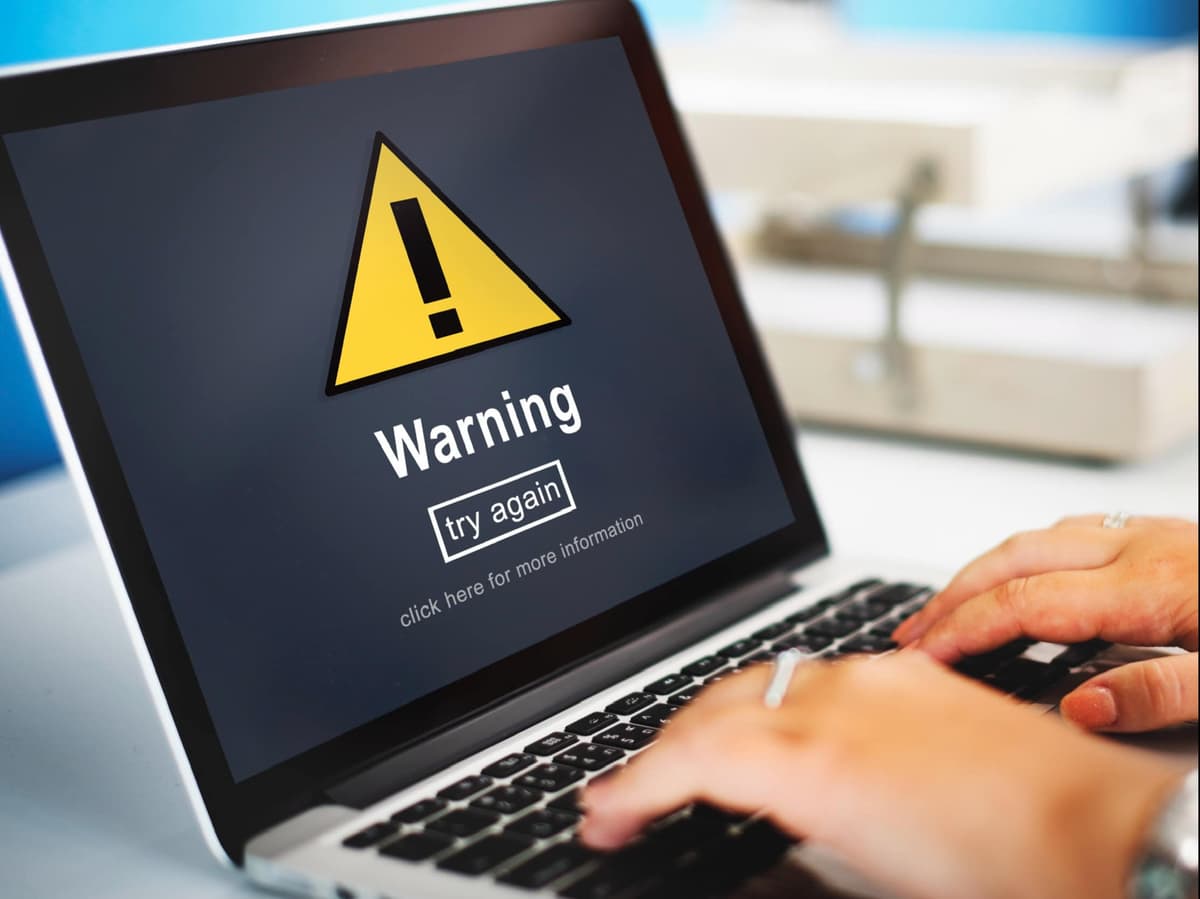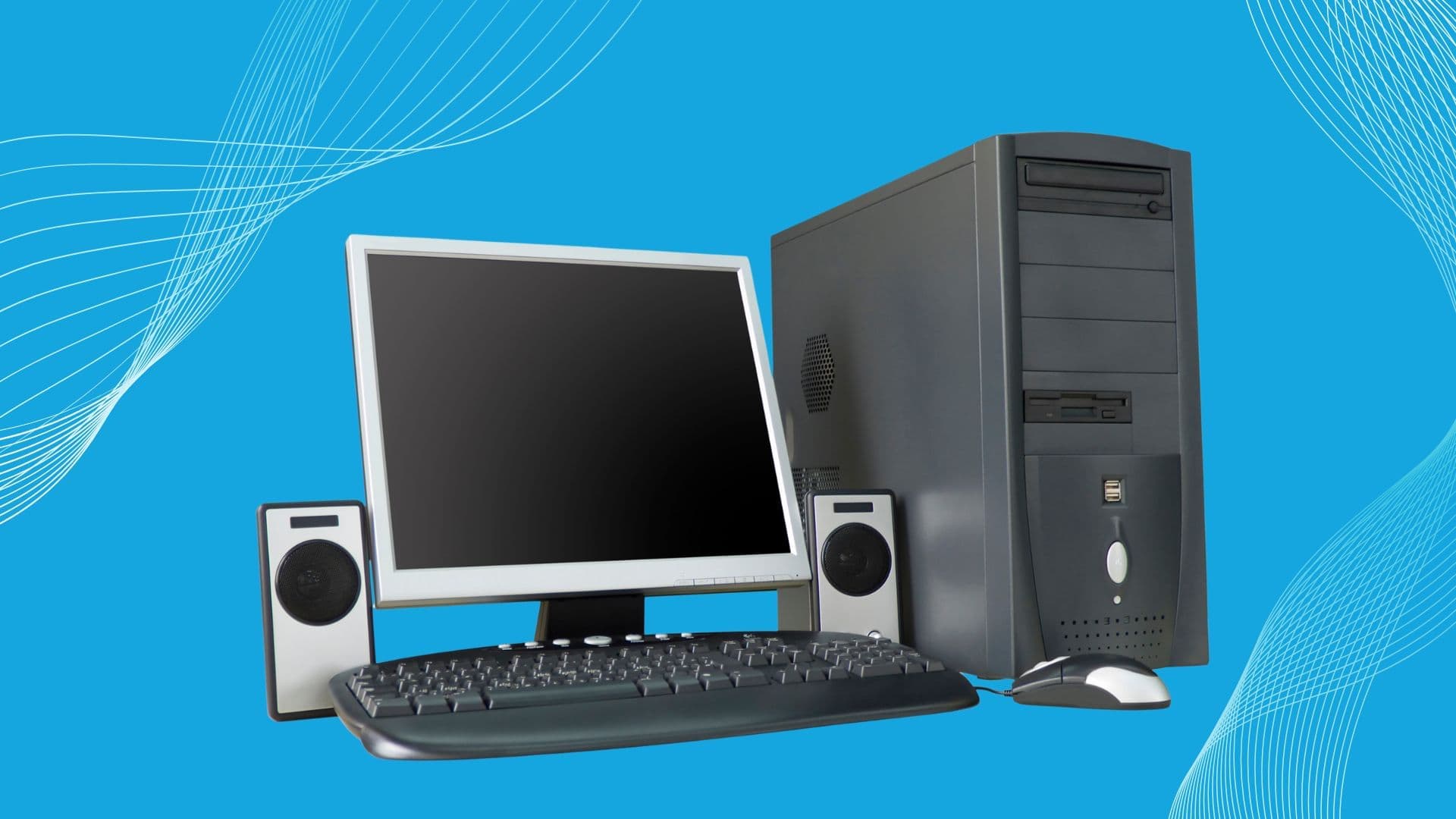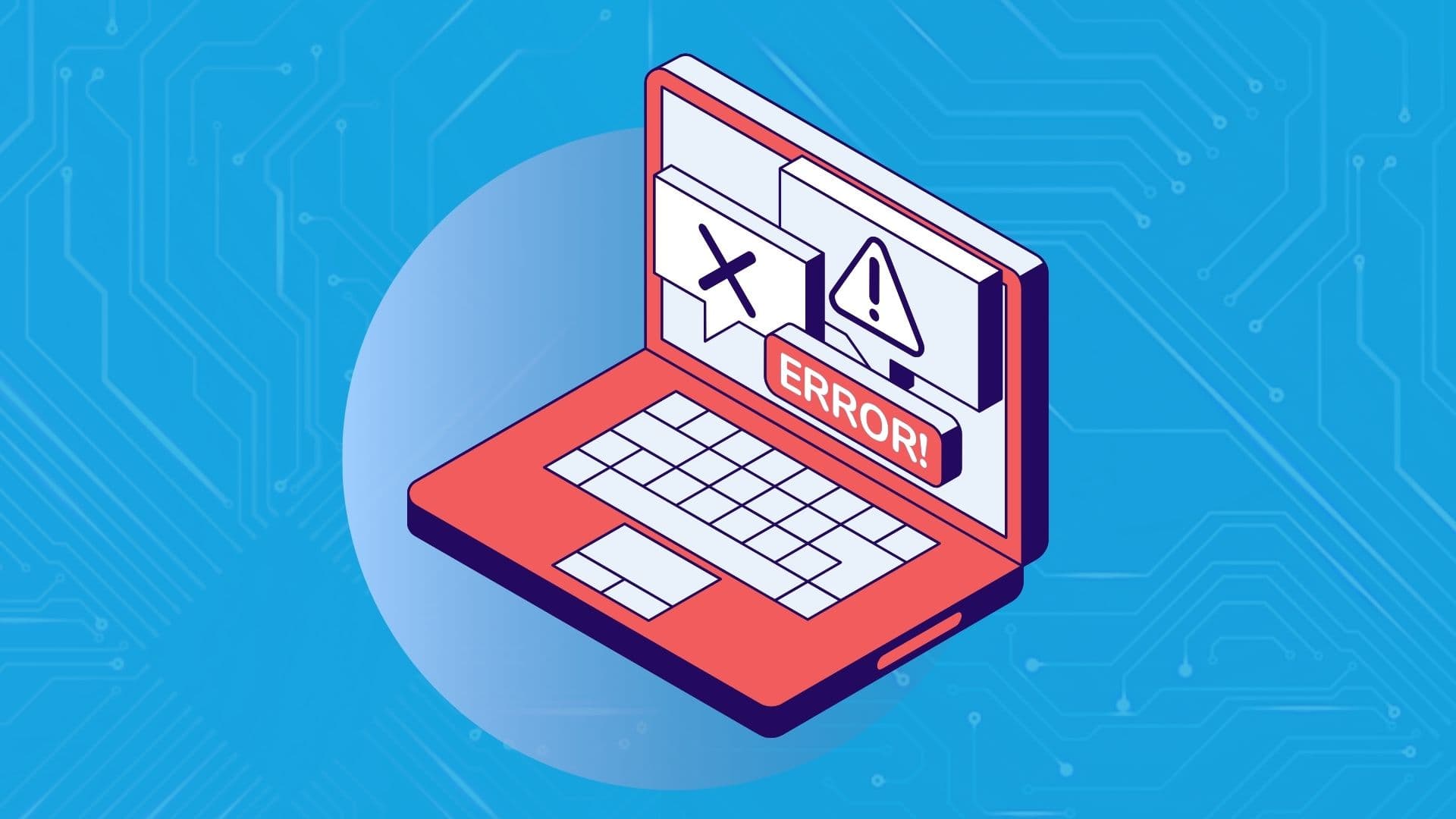
BitLocker is a form of full-disk encryption for Windows that normally requires a Trusted Platform Module. The TPM is a hardware component on your motherboard that stores your encryption keys in a secure environment. It simplifies the whole login process by automatically unlocking your PC’s drive during boot, allowing you to sign in with your Windows password, while it manages the complicated encryption tasks behind the scenes. If anyone tampers with your PC or removes the drive, the data remains inaccessible without the encryption key stored in the TPM. However, not all PCs have a TPM. When attempting to enable BitLocker on such devices, you’ll encounter a prompt indicating that a system policy adjustment by your administrator is necessary. While some motherboards allow for the addition of a TPM chip, not all systems support this upgrade. In these cases, BitLocker can still be enabled by modifying system settings, providing a less secure but functional encryption alternative. This guide explains how to get around the TPM requirement and use BitLocker effectively on systems without this hardware.
Note: BitLocker is available only in Windows Professional, Enterprise, and Education editions. It’s also included with Windows 7 Ultimate but isn’t available on any Windows Home edition.

You can overcome this limitation by editing a Group Policy setting. However, if your PC is joined to a business or school domain, the Group Policy is centrally managed by the network administrator, and you won’t have access to make the change by yourself. If your PC isn’t joined to a domain and you’re managing it independently, you can change the setting using the Local Group Policy Editor.
Open the Local Group Policy Editor:
Navigate to the following location:
Modify the policy:
Save changes:
Access BitLocker settings:
Select an unlock method:
Select an unlock method:
Complete the setup process:
Use the chosen unlock method:
While BitLocker typically requires a Trusted Platform Module (TPM) for optimal security, it is still possible to use this powerful encryption tool on systems without a TPM by adjusting Group Policy settings. By following the steps in this guide, you will know how to enable BitLocker, and how to use a password or a USB flash drive as an authentication method to access your data. Although this approach is less secure than using a TPM, it provides a functional encryption solution for PCs that lack the required hardware. Last but not least, protecting your sensitive data is crucial, even with these limitations, and remains a critical step toward securing your information from unauthorized access.

Google is an online technology firm that runs the search engine most widely used globally, commonly known by the same name. The word “Google” is commonly used as a verb meaning “Search for something on the Google search engine.” In its name, the search engine alludes to the enormous number of links it can retrieve. …

Sharing files between computers on a network is essential for home and office environments. If you have a home network with Windows 7 and Windows XP computers, you might want to share files and devices between them. Whether you’re working with Windows 7 or the older Windows XP, both operating systems offer built-in tools to …

People rely on technology now more than ever. A person’s most important files—their photos, their projects, their livelihood—can all lie behind a Windows password. But what happens when that password is lost? How do you access that important data? That’s where Ophcrack can help. Ophcrack is a free, open-source program designed to recover lost Windows …